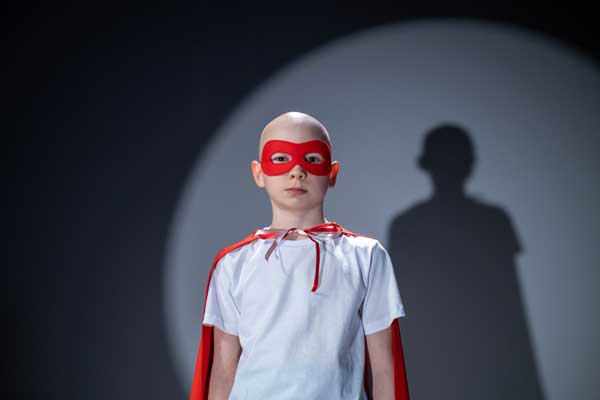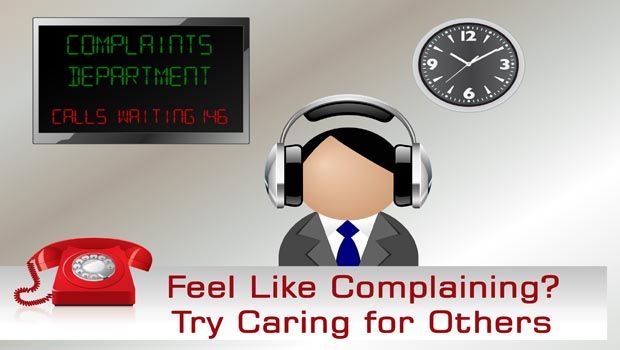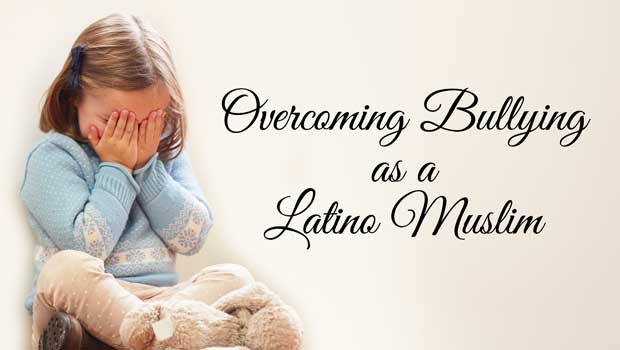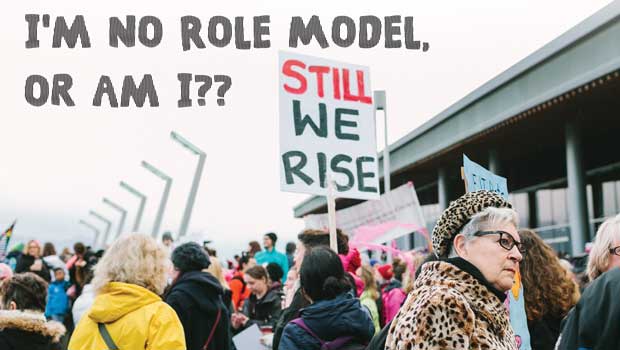The entertainment industry is shifting towards an inclusive and diverse assemblage of characters, now more than ever, without overlooking its global Muslim audience. One example is the film produced by the popular Marvel Cinematic Universe franchise, “Spiderman: Far From Home,” which features their first-ever hijab-wearing Muslim character. According to several sources, plans are also underway to weave the Muslim superheroine, Kamala Khan, a.k.a. Ms. Marvel, into an upcoming film. As this surge in representation draws an increasing number of Muslims to the movie theaters, a discussion about its implications on the minds of the youth and their perspective on Islamic values is ever so crucial.
When I was a young mother and my first two sons were a toddler and a baby, I was determined to never let them enter the world of comic book superheroes. Not wanting them to fall into the trap of idolizing fictitious characters or ascribing godlike attributes to anything or anyone other than Allah, I steered clear of all action figures, Disney, DC, and Marvel comic books, and the television or movies that promoted them. In this society, where education is closely tied in with entertainment and consumerism, and families feel pressured to give in to the latest fads, it was a monumental task, like trying to hide the sun with a fingertip.
My intention was to build a strong faith foundation for my children, promoting real-life heroes, like the prophets. I wanted my children to love them with the same enthusiastic fervor as I saw other children admire Superman. I even began writing and illustrating a comic book series called, “Our Superheroes (Nuestros Superheroes)” under my family’s educational non-profit organization, Hablamos Islam, Inc. We published two titles in the series, “The Adventures of Suleiman (Las Aventuras de Suleiman),” and “Yunus’ Mission (La Misión de Yunus),” about the prophets Suleiman and Yunus, peace be upon them.I spoke to my children about the great messengers in Islam, whom Allah gifted with superb powers of faith, morality, integrity, and devotion to Allah. And best of all, they were real! I explained they were real-life people who performed the most marvelous feats of character in order to teach people about the Oneness of Allah.
By the time my kids were ready for preschool, the only heroes they knew were the prophets in the Qur’an, and I thought I had succeeded in keeping the West’s superhero trend at bay. My slogan was, “Who needs Superman when we have Suleiman!”I avoided the funky t-shirts with Spiderman or Batman cartoons, the toddler underwear with the Hulk or Captain America, the Star Wars bed sheets, and all the superhero toys. And thankfully, my boys were happy. Even if the children of our extended family and friends were into watching superhero flicks and owned all the latest action figures, my children never felt deprived. Nonetheless, this idealistic utopia I created for them was short-lived, eventually falling apart once they started school.
Superhero Culture Everywhere
More and more, the superhero culture made its way into our home, by way of comic-inspired educational materials provided by their teachers, stories they heard and read, and games they played with their peers. The fact that they were in Islamic school did not help filter out the obsession with these characters. Lunch and recess discussions centered around the latest movies and TV shows their friends were watching. The boys began to ask for superhero toys for Eid and they grew more enthusiastic about visiting the action figure sections of department stores. Soon, they were asking to watch movies like Batman vs. Superman as I sat across the table with a raised eyebrow. “You know who’s better than them?” I would ask, and then playfullyanswerfor them,fist pumped to the sky, “the prophets!”
I continued to resist,diplomatically,as they got older, but I did not want to be unreasonable. I understood where they were coming from; I was also into superheroes as a child. I loved the old reruns of Batman, the X-Men cartoons, Teenage Mutant Ninja Turtles, and Captain Planet and his environmentally conscious “Planeteers.” Yet my admiration for these imaginary characters never evolved into the cult-like following it is today. Superhero movies were not nearly as popular in the 80s and just began gaining traction in the 90s,until finally booming in the early 2000suntil the present day. Ironically, one of the events that prompted Hollywood to produce more films based on comic books was the success of the X-Men, a personal favorite. How could I blame my children for wanting to follow this trend? After all, as human beings, we are drawn to stories of heroes, like those of the prophets who faced immense hardships and triumphed against all odds. These tales fill us with awe and hope, and they are incredibly entertaining.
Growing up, I read a lot of Greek and Roman mythology and I knew that comic book creators drew from mythological tales to develop their own fictional characters. Think about heroes like Odysseus or Perseus, portrayed in the myths as demigods with superhuman strength who defied the greatest odds to achieve their goals. Another pro tagonistin the comic book world may be just a regular human being, often flawed (making him/her more relatable), who is given a gift, be it by accident or circumstance, and they must use this gift for good against an evil adversary. Some are even taken directly from mythology with little alteration, like the Nordic “god,” Thor, one of the key members of Marvel’s Avengers.
Never has the influence of superheroes been so palpable as after the death of Chadwick Boseman in August 2020. Boseman became popular as the character Black Panther, also known as King T-Challa, ruler of the fictional African nation of Wakanda, as he provided representation to people of color. News of his passing grieved many, and non-Muslims and Muslims alike took to social media to express their sadness.
Sinister Agendas?
In all forms of art and creative expression, there is an aim. It might simply be to entertain, to portray beauty of some sort, to communicate an idea, or to bring about an intellectual, moral, or emotional response. Film is no different. Yet, there is often a hidden agenda behind the movies Hollywood produces. After all, the big screen is a powerful tool with the ability to influence public opinion on a global scale. Whether or not these agendas are sinister in nature is up for debate. The conspiracy theorist in me has analyzed a lot of the cartoons that were popular when I was a child, that are still popular to this day,and discovered some disturbing facts. For instance, a significant number of characters bear Christian Crusader symbols, like a cross on their breast, on their armor or uniforms. Some examples are He-man, Voltron,andthe Star Wars robot BB-8. Even more perplexing is the Star Wars Jedi order symbol which looks like a cross on top of a horizontal crescent.Others, like Batman and Robin, are brazenly called the “Caped Crusaders.”It leaves one to wonder if it is pure coincidence that the psychiatric hospital/prison where Gotham city houses the criminally insane, some of whom were Batman’s archenemies, is called “Arkham Asylum”? This name is eerily close to Dar ul Arqam, the house of one of the first Muslims, Arkam bin Abil Arkam bin Asad. This was a safe house in which the early Muslim converts held secret meetings with Prophet Muhammad, peace be upon him, to escape persecution.
Occult symbolism is also use dthroughout some cartoons like the “devil horns” hand gesture Spiderman makes when shooting webs from his wrists. Batman, also called the “Dark Knight,” uses a bat as his emblem, a representation of evil in the Bible (Isaiah 2:20). The official Church of Satan even tweeted in September 2017 that “Batman is the perfect manifestation of the satanic ethic…” The concept of the Eye of Providence, or the all-seeing eye, can be found in Thundercats and scattered across the DC and Marvel universes. Some superheroes and villains are even depicted withtraits of the Dajjal, or the Antichrist, specifically his distinctive,floating one eye and ability to appeal to the masses by way of illusions (think Dr. Sivana in “Shazam”). The famous Avenger, Doctor Strange is known as the “sorcerer supreme,” drawing his powers from supernatural entities and mystical artifacts. All these symbols and ideas go against the teachings of Islam and the Oneness of Allah.There are other questionable elements in comic books and films, but the ones mentioned above were enough for me to feel apprehensive.
How to Strike a Balance with Our Children
So, where do we strike the balance? My main concern for my children was how to draw a clear line between what is fantasy for entertainment purposes and what is our reality as Muslims. Can love for these super powerful fictional characters coexist with our pure love for Allah, as the All-Powerful Supreme Being? As my children became more exposed to superhero movies through family, friends, school, and commercial spaces, I began to think of their interest as an educational opportunity.
Instead of solely countering a child’s curiosity with an outright “no” or “haram,” parents can ask, “How does this differ from our beliefs as Muslims?” For my own children, I make sure lines of communication are always open. When they are interested in watching an age-appropriate show or movie, I allow it on occasion, from time to time, and always with my own agenda to seize the opportunity to teach. I read reviews about the program first,at sites like “Common Sense Media,” and I sit to watch it with them. I instruct them to be aware of religious, pagan, and satanic symbolism within the most popular fictional comic book universes and remind them about the impermissibility of magic and ascribing divine attributes to other than Allah. It is important to also remind them about the trials of the Last Day and the Dajjal, of course at their level of understanding, along with the recommended Sunnah practices to counter and seek protection from their evils.
The Spanish saying, No puedes tapar el sol con un dedo, “You can’t cover the sun with your fingertip,” is so true.We cannot hide the obvious or willfully ignore facts. We cannot “bury our headsin the sand,” pretending that an issue does not exist. Nothing exemplifies this statement more than parenting Muslim children in the West. Let’s face it, our children are exposed to more than we ever were as children. What are we doing to help them navigate through it? Some parents prefer to keep their children isolated to protect them from exposure to questionable or harmful influences. But this risks resentment or rebellion down the road. Others leave them to explore their surroundings without any guidance or supervision, hoping they will stay grounded through the strength of family traditions.
Then there is the middle path: establishing a harmonious balance of autonomy and compliance for our children. The ideal is to teach children so they make the best decisions — to teach them to enjoin the good and forbid the evil, and to never fall into any extreme, whether that be completely neglecting their duties to the Creator or becoming overzealous to the point of fanaticism. This is our goal, as parents and as a community. In an age filled with distractions and temptations of every sort,the comic book superheroes are here to stay.Let’s not be over-protective villains in the minds of our children. Let’s instead be teachers of a divine criterion so that our children can navigate skillfully in this world of good and evil. Let us be a heart-driven force for the dissemination of Islam, for the good.






